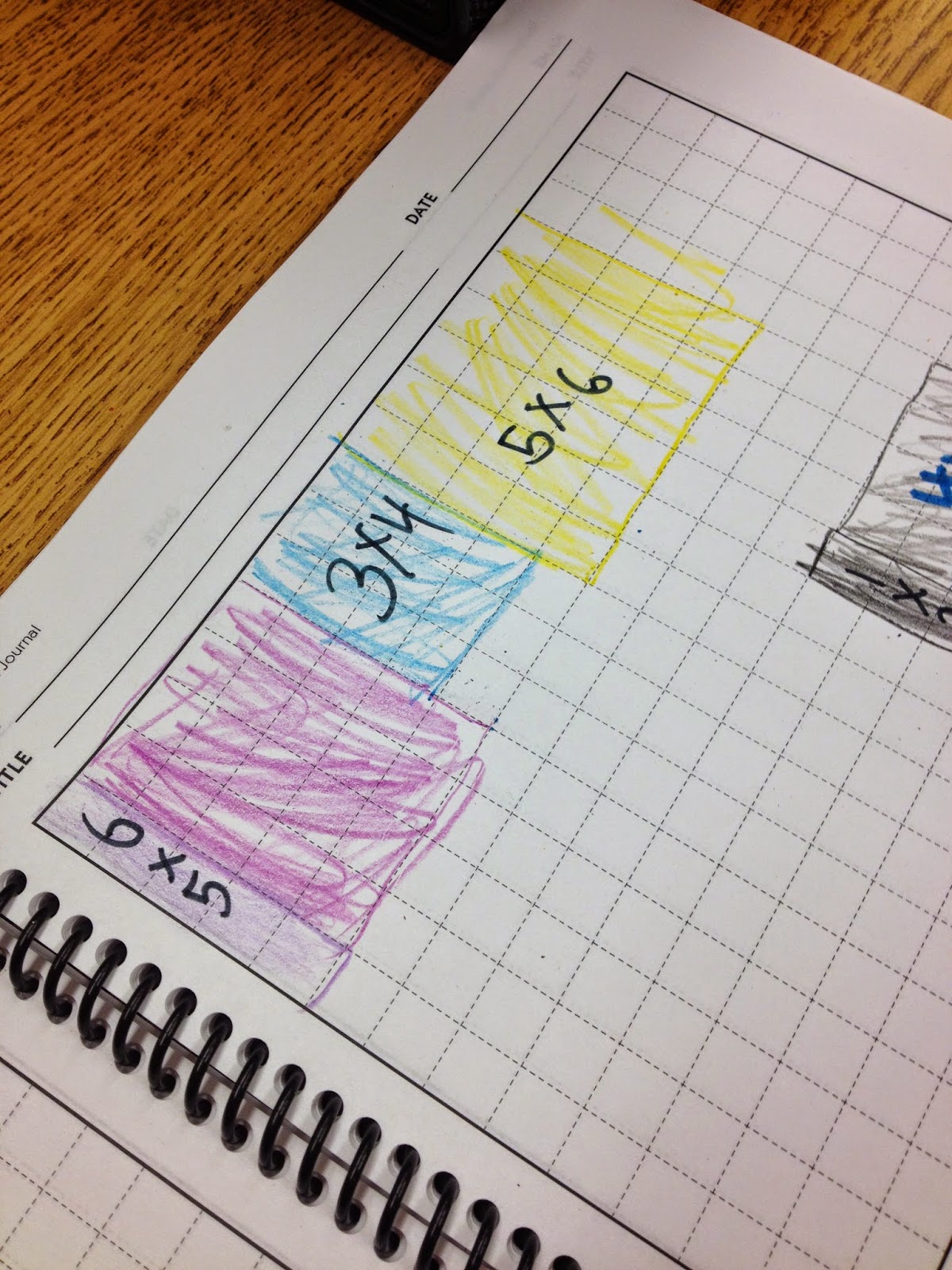We did such a wonderful project with the 2nd and 3rd graders. The students were divided into pairs. each pair created a design using pattern blocks. The parameters of the design were that there had to be 2 symmetrical sides of the design. The line of symmetry was the ruler. Students had to be very careful that their designs were mirror images!
Once, the designs were finished, the students tallies how many of each pattern block they used.
Taking that information, they created a graph to show their data. It was interesting for them to create their own graph from scratch. The hardest part was determining the scale of their graph. Would each square be equal to 1, 3, 5 patter blocks? They had to plan out their graph before the went ahead and made it.
We have also still researching the human body. Here the students are working together to read 2 different articles regarding breaking bones. One article was about how bones get broken and how doctor's treat them. The second article was a true story about a girl who broke both her arms. The students had to read each article, and then compare them.
In 3rd Grade math, we are working on multiplication. The kids loved playing ZINGO, and multiplication game. They are using arrays to understand how multiplication facts work. For example, 3 x 4 can also be 3 rows of 4 or 4 columns of 3 in an array. The pictures shows the students blocking out each array on grid paper. First person to cover their paper wins!
We had a 2 day workshop of building different models of the skeleton. The students built a cross section of a bone, the joints of the hand, a pasta skeleton and a spinal column. We were so lucky to have many parents come in and help us with these projects. We had a great time!
Here is a model of a bone. The pipe cleaners are the blood vessels, the straw is the bone marrow. The yellow towel is the spongy bone, the clay is the harder compact bone. The toilet paper tube is the periosteum membrane that covers the bone.
Skeletons made from pasta.
Spinal Column with life saver discs between the vertebrae.
Joints of the fingers.
This week we also looked at the artwork of Piet Mondrian. He was a Dutch painter who produced very bold art with bold colors, and very simple lines and shapes. At first, the kids thought this would be "easy!" They were surprised at how hard it was to make the art. But, it was really fun to put together the colors and lines to create one-of-a-kind art pieces.
.jpg)




































1 comment:
Wow, I want to be in your classes! Your Science and Art lessons look amazing. Thank you for sharing
Post a Comment